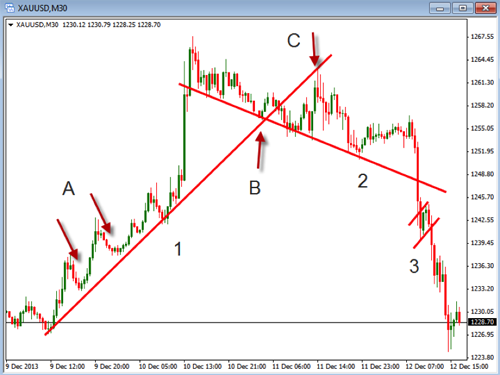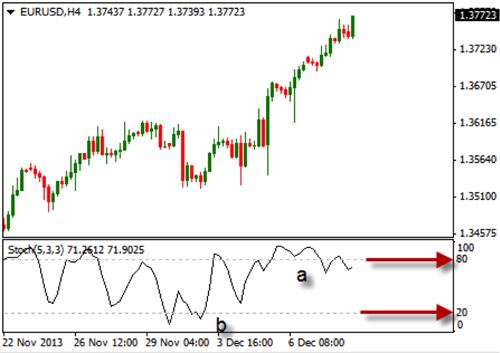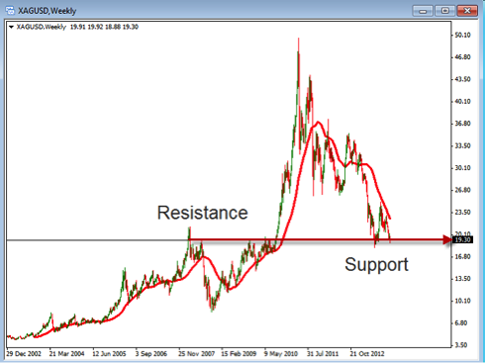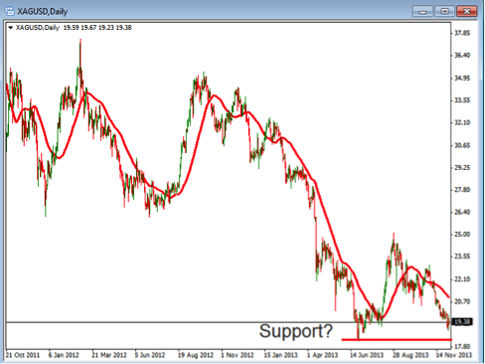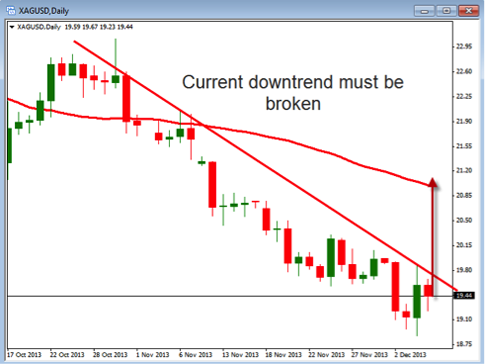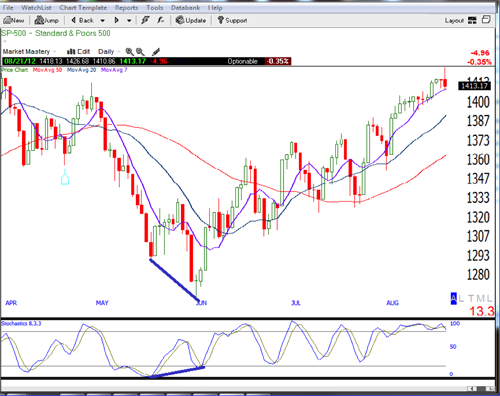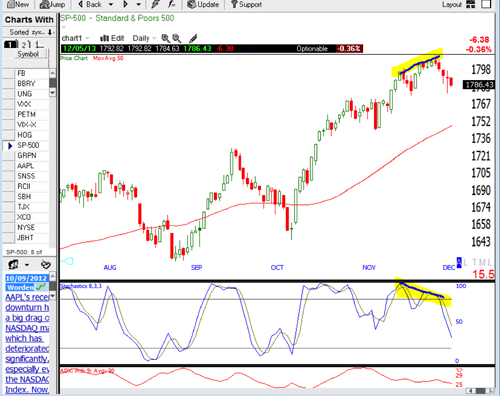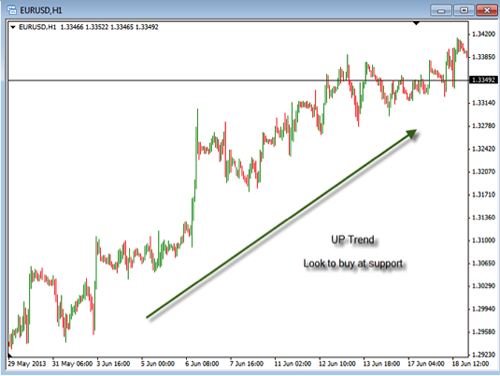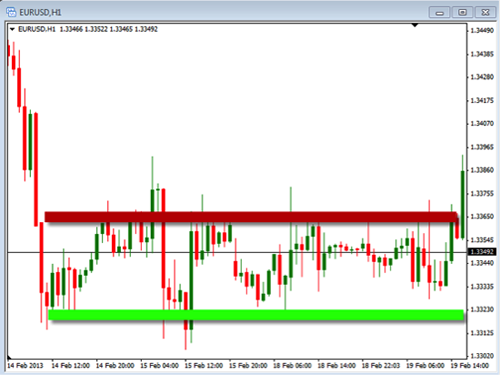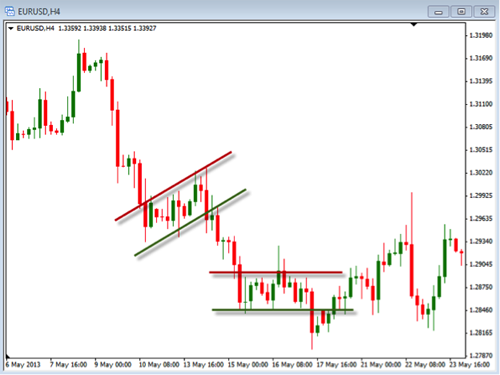One of the hardest things traders need to overcome is themselves! Why do I say that? Because it is often our your own emotions that sabotage your trading. There are a couple of keys that can help you to control your emotions and find more success in your trading.
- Find a good basic system and stick with it (notice, I said a “good” system, not a “perfect” system). Traders are often looking for the next best or greatest thing and are hoping for that “Holy Grail” system of trading. This is an easy trap to fall into because of all the marketing hype out there. Even the very best systems are not perfect and are going to have periods of losses. This is just a fact of life. But, if your system has been back-tested and works relatively well in a variety of market conditions, one of the best things you can do is to stick with it! Don’t fall for the system that promises “easy money”, because, over time, that system is just an illusion. We can often get into the mindset of always looking for the best system and ignoring the fundamental trading rules that will give us good results over time.
- Get a good routine and follow it. Consistency is the key here. What I mean by that is that you should treat trading as a profession, not just a hobby. In order to have a good routine, you should understand and decide what you are going to trade. In other words, specialize in a few things and get very good at those and leave the rest for someone else to do. Also, when you trade is very important and is also heavily influenced by the markets you trade. For example, if you trade Forex you may have more flexibility to trade at different times than if you trade stocks or options, which have specific exchange trading times. Also, where you trade is important – you should set up a place to trade, be organized, and free from distractions that might inhibit your trading. The overall message here is to take your routine seriously like if it was your only source of income and be very consistent with what, when, and where you trade.
- The last key to controlling your emotions is to use good, consistent risk management. If we risk too much on any one trade or if we risk too much of our account on too many trades, it is easy to let our emotions get the better of us because we will have too much anxiety sometimes to make rational decisions. That will bring fear of losing into your trading and can cause you to make significant trading errors. The way to control this is to make sure that you use stop loss orders and that you make sure that your position sizing is appropriate to the size of account you have. I limit my risk to 1 percent per trade and no more that 3 percent overall at any one given time. This allows me to sleep good at night even if my trades go against me.
Being a successful trader largely comes down to controlling our emotions by being more disciplined – follow a good system, a good routine, and good risk management!
